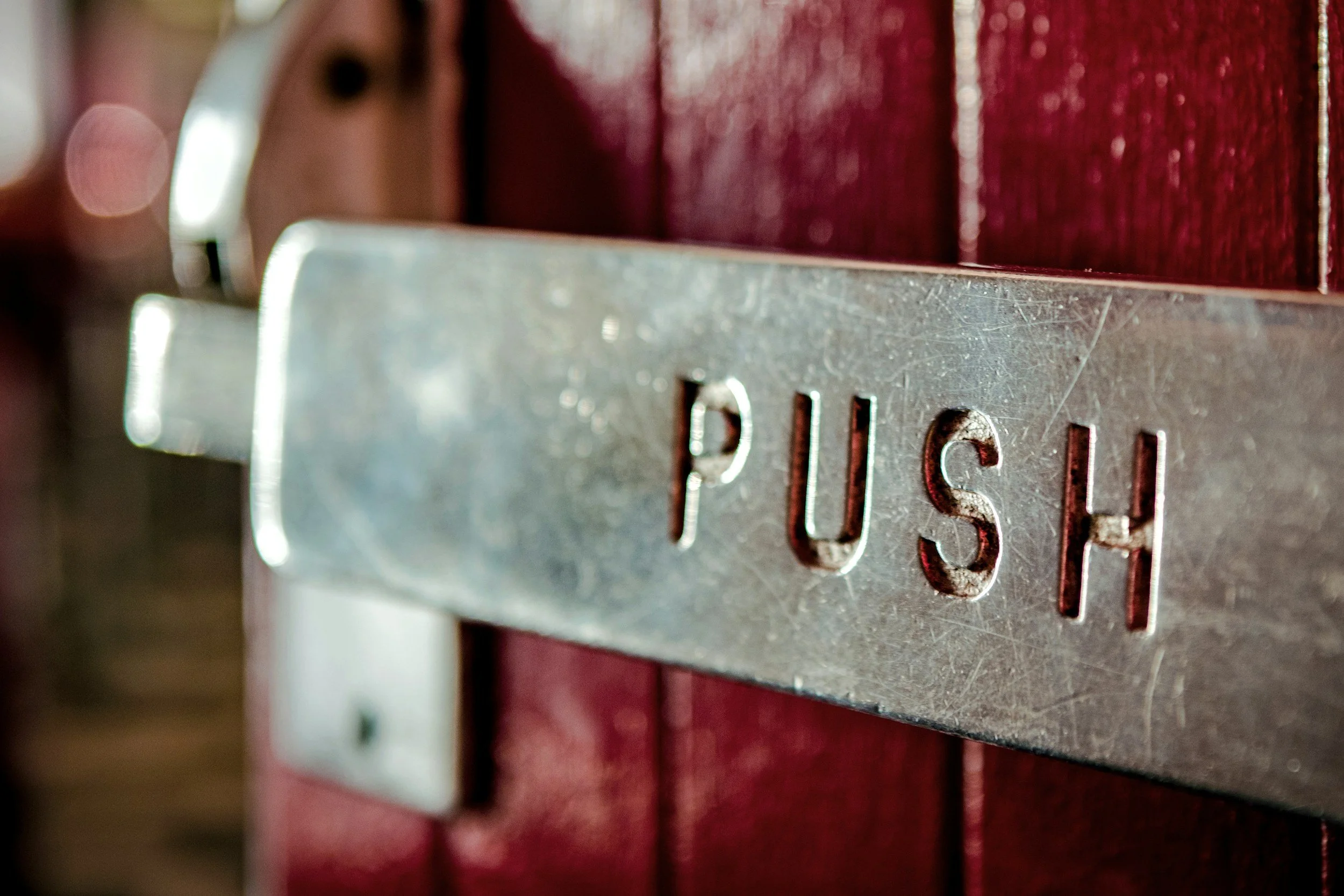What It’s Like to Date Someone with Avoidant Attachment
By: Dr. Denise Renye
In a previous blog, we discussed what it’s like to have avoidant attachment. In this blog, I’ll explain what it’s like to date someone with avoidant attachment. Also, as an online sex therapist and Marin County depth psychotherapist, I want to reiterate these labels aren’t fixed. Your attachment styles can evolve, and relationships can grow in healthy, secure ways over time. Attachment styles are fluid depending on the person, relationship, situation, experiences, and how much inner healing a person has engaged with.
Attachment styles are often likened to a dance, and for good reason, as they are dynamic and shaped by both partners’ behaviors. That said, being in relationship with someone who has avoidance attachment often feels challenging because the partner may seem distant, emotionally unavailable, or hard to reach at times.
It helps to keep in mind that someone with avoidant attachment isn’t pushing you away out of lack of care; closeness can feel overwhelming or unsafe to them, and they are doing their best to protect themselves. They are scared they’ll lose themselves in the relationship and thus try to maintain space between themselves and their partners. This could be literally (i.e., engaging in a long-distance relationship), or it could be emotionally. For example, they may avoid sharing their deeper feelings or quickly change the subject when vulnerable emotions arise.
The partner of someone with avoidant attachment may feel shut out emotionally, like their partner is present physically but not truly emotionally available. The partner may say something sweet like, “I really enjoyed our time together last night and can’t wait to see you again.” The person with avoidant attachment might interpret that as threatening. “Oh no! Now the pressure is on me,” they might think. “This person wants more than I can give.” In response, the person with avoidant attachment may say. . .nothing. Remember, people who attach avoidantly avoid. If they’re uncomfortable, they’ll often stay silent because they are used to setting boundaries via distance. It’s hard for them to clearly voice their needs so they withdraw.
Silence and Withdrawal are a Feature, not a Glitch
For someone with avoidant attachment, their go-to method of dealing with things (if they haven’t done inner work) is to avoid. Avoidance takes many forms. In terms of emotional closeness, the person with avoidant attachment likely has walls up and unconsciously finds ways to sidestep going deeper. Conversations likely stay on the surface (“How was your day?” “Fine.”) and deeper feelings likely go unspoken. Over time, the person in a relationship with the person who fits the profile of avoidantly attached may feel starved for emotional intimacy even if the relationship looks stable on the outside.
In my work as an online sex therapist and a couples counselor, I’ve seen couples who’ve been married for years who have this dynamic. All of which is to say, don’t let a label fool you – relational stability and commitment don’t come from saying, “I do” on the wedding day; they come from two people who show up for the hard conversations over and over again. With someone who has avoidant attachment, conflict can feel challenging because they may withdraw or need space rather than engaging right away, which is a protective strategy rather than a lack of care.
I want to pause here because people with avoidant attachment often get demonized but remember, they are acting from a self-protective mechanism just like the other insecure attachment styles. For them, intimacy and vulnerability are scary, and so in terms of conflict – which is very raw and messy – they may shut down, stonewall, or change the subject rather than engage in emotional repair. For the partner, this can leave them feeling unheard, frustrated, or abandoned. Over time, it may make resolving disagreements difficult and contribute to a cycle of tension and distance in the relationship.
Push-Pull
Similar to someone with disorganized attachment, someone with avoidant attachment may engage in push-pull. They want to be close to someone (the pull), but when the person gets too close, they bolt emotionally or physically (the push). Efforts to deepen intimacy may be met with withdrawal, dismissal, or silence, which can feel confusing or rejecting for the partner.
Because of the withdrawal, dismissal, or silence, the partner may start to question if their needs are “too much.” They may think to themselves, “Should I not have said that? Was I too honest and real? Why did they pull away? How can I make them come back?” Alternatively, they might wonder if they misread the situation. “Was I imagining the good time we had? Was it only me?” This repeated cycle of reaching out and being met with distance can erode trust and create feelings of loneliness within the relationship.
Again, even in long-term partnerships, the lack of emotional openness in a relationship with a person with an avoidant attachment style who hasn’t worked on themselves can feel like being alone while together. Despite the proximity, the two people may feel leagues apart. They may sit on the couch together, smile at one another, watch a TV show, but leave a lot unsaid. The partner may not feel seen or heard, even though they have a “partner,” and wonder how that happened. The emotional distance may prevent the relationship from deepening or feel one-sided because the partner is putting in a lot of effort to connect, while the person with avoidant attachment continues to pull away when they feel overwhelmed.
The push-pull dynamic can leave the partner feeling uncertain about where they stand in the relationship – even if they have the label of spouse – and over time, the dynamic may create a pattern where both partners struggle to relax into sustained connection.
Turning Liabilities into Strengths
Remember, someone with avoidant attachment isn’t doomed to have dysfunctional, dissatisfying relationships. If they are devoted to rewiring their attachment style, they can heal. The strength an avoidantly attached partner brings is independence. Some relationships become enmeshed but because they are already afraid of that, people with avoidant attachment will ensure the relationship consists of two whole, independent people. The relationship will be right-sized rather than the end-all be-all of their life.
Also, their self-sufficiency can help maintain practical stability in the relationship, such as managing responsibilities or providing a sense of predictability. They bring their own car into the auto repair shop rather than asking someone else to do it. They can, and do, take care of themselves.
When an avoidant works on healing themselves, when they do engage emotionally, their loyalty and reliability can create moments of deep connection that feel safe and steady. This can happen with patience and therapy.
I mentioned this before, but long-term, consistent work with the same therapist can model reliability, attunement, and trust. A lot of times folx who lean more avoidantly attached may tend to float from therapist to therapist, playing out the attachment style in that therapeutic relationship as well. Staying with the same therapist over time is especially important because it provides a stable, predictable relational experience that allows old patterns to be safely explored, challenged, and gradually transformed.
With effort, avoidantly attached individuals can learn to stay present and connected, offering real depth in relationships. Over time, they can develop the ability to share emotions openly and respond to their partner’s needs without retreating. This growth allows the relationship to move beyond cycles of distance and closeness, fostering trust, intimacy, and lasting connection.
If you feel ready to explore this work and want support along the way, I invite you to reach out for an appointment.

